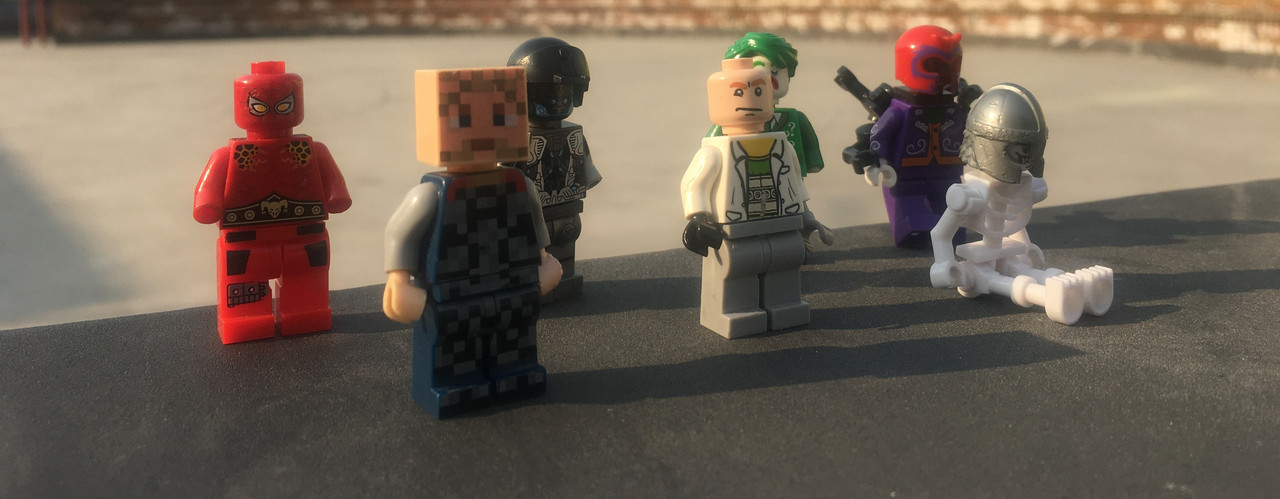you can find dataset here on Kaggle
[ (cheat/cheat) or (trust/trust) or (trust/cheat) or (cheat/trust) ] . [rewards or punishment]
\ T2 C2
\~~~~~~~~~~~~~~~~~~~~~~~~~~~~~~~~~~~~~~~~~~
! R2= +2 ! R2 = +3 !
T1 ! ! !
! R1 = +2 ! P1 = -1 !
! ------------------!---------------------!
! p2= -1 ! p2 = 0 !
C1 ! ! !
! R1 = +3 ! P1 = 0 !
~~~~~~~~~~~~~~~~~~~~~~~~~~~~~~~~~~~~~~~~~~
- Each player has :
A batch of lego slicea batch of colorful lego slices
An score initialized to 0
List of movements initialized to empty
- there is a common resource in the middle
In each steps , both participants hide one lego slice in one of their's hand secretly.
Fist both hands bring them forward.
Simultaneously both players open one hand of their choice.
- When peaple Trust to each other and why ?
- Is gender a critical variable for Trust ?
📈 📊 📉 Descriptive Analysis phase :
- How kids trust ?
to adult
to other kids (this part by help of some friens for access to kids)
- Is the first action of all humans "Trust" when confront a new person ?
Predictive Analysis phase :
- Is "Attention Bias" related to te Step_movment of each person ?
- chategorize humans by Game_play of them and predict they presonality !!!
---------------------------------------------------------------------------------------------------------------------------
We wanna show the tolerance of Trust /causality & correlation betweet Trust & other Table_feature
search for confounding Variables / and a hard work is simulating this trial for kids without changing game rule
------------------------------------------------------------------------------------------------------------------------> The rule of the Game : (cost of punishment & Rewards is different game by game)
> R1/R2 : (+1,+1)or(+2,+2)or...
> R1/P2 : (+3,-1)or(+)
> P1/P2 : (0,0)or(-1,-1,)or...
